Tim Taylor and his crew are looking for a submarine that vanished out of thin air. They have their trusty remote-controlled vehicle to check the dark recesses of the sea but still no luck.
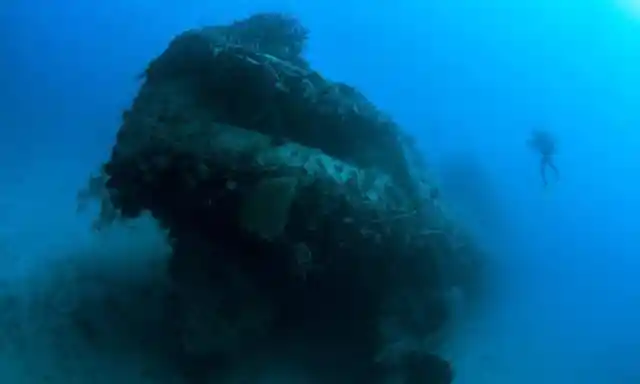
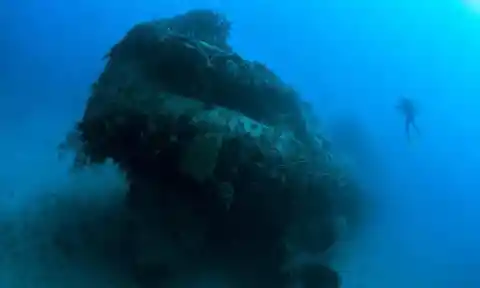
Taylor and his crew are frustrated, they bring the vehicle back up and check what it saw. Taylor then sees two strange anomalies in the data. He decided to send down another vehicle to see if his suspicions were true.
The U.S.S Grayback
Taylor and his crew were looking to find the U.S.S Grayback or S.S.-208 as was its model number. The Lost 52 Project had funded to salvage operation so Taylor's team could search for the vessel.
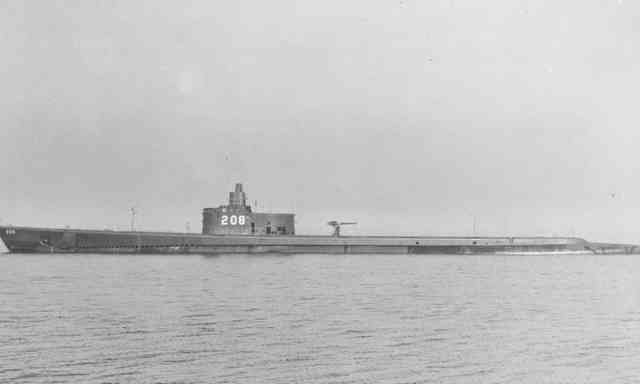
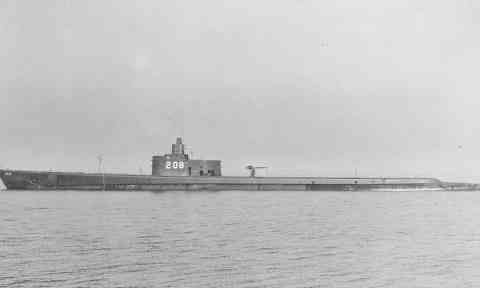
The Lost 52 Project was an organization dedicated to finding the 52 submarines that were lost during World War II. The Grayback had been missing for nearly 80 years when in 1944 it was posted as lost by the U.S. Navy.
Last Mission
Just two months before the vessel had gone missing it had been assigned to combat patrol from Pearl Harbor. This was the tenth mission of its kind that the sub was sent on. Sadly, this would also be its last one.
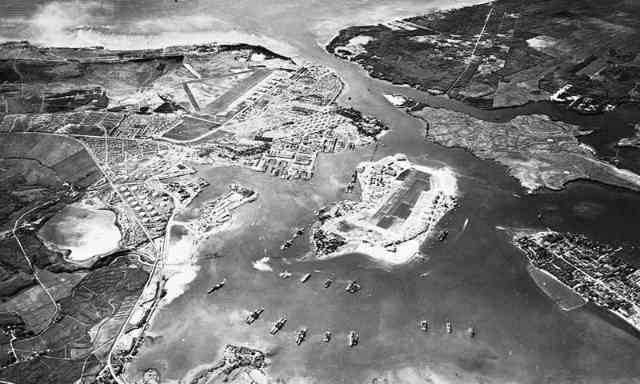
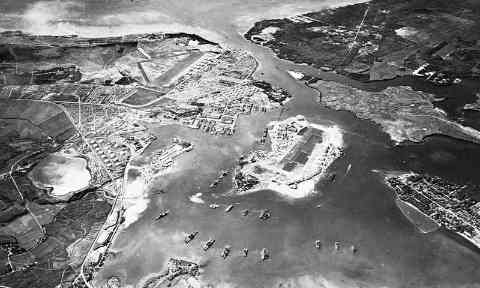
One month after being sent out from Pearl Harbor, the sub did send back a message on February 24th, 1944. The sub was confirming that it had sunk two freighter - Toshin Maru and Taikei Maru. The sub also reported that it had hit two others.
Last Report
One day later, the sub sent another report, relaying that they had damaged the Asama Maru seriously which was a liner turned troop carrier. The sub had also sunk a tanker named Nanpo Maru.
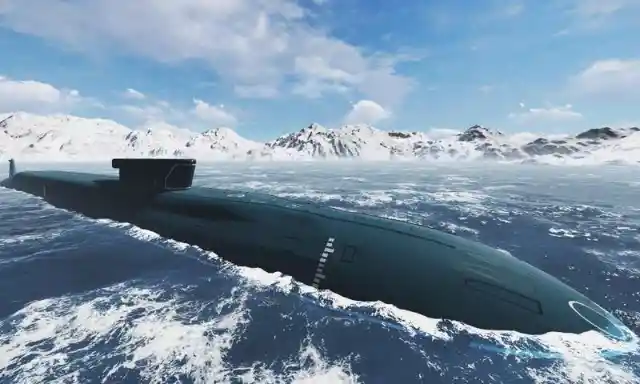
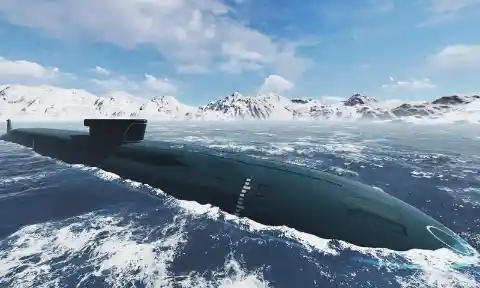
The sub had been gone for two days sinking numerous ships so it only had two torpedoes left. The crew advised base that they were going to resupply at Midway Atoll in the North Pacific.
No Sign of The Sub
The radio message on the 25th of February would be the last that anyone heard of the sub. Even without the crew sending in radio transmissions the commanders and navy officers assumed they would see the sub at Midway Atoll around March 7th.
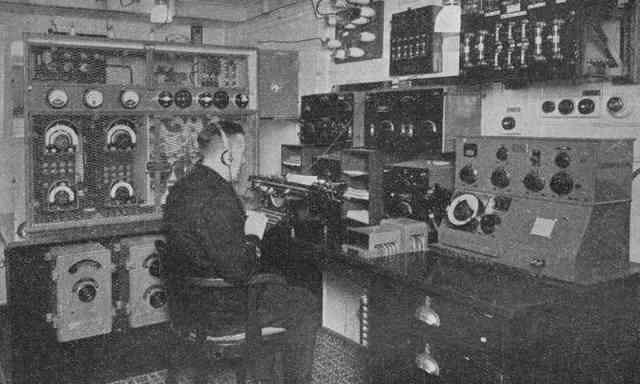
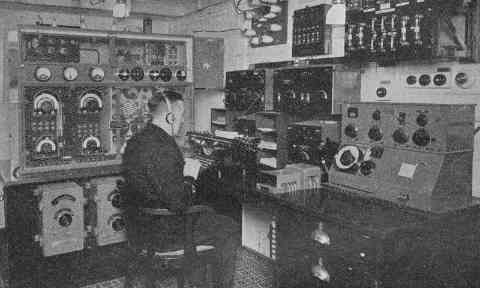
The date flew past, and no one had seen the sub anywhere, it never docked at the base at all. A month passed since it was supposed to arrive and still nothing. They decided to report the Grayback lost at sea on the 30th of March, 1944, along with her 80 crewmen.
The Beginning
We'll get back to the mysterious disappearance of the Grayback soon. But let's talk about the submarine's life and legacy before it met its mysterious demise.
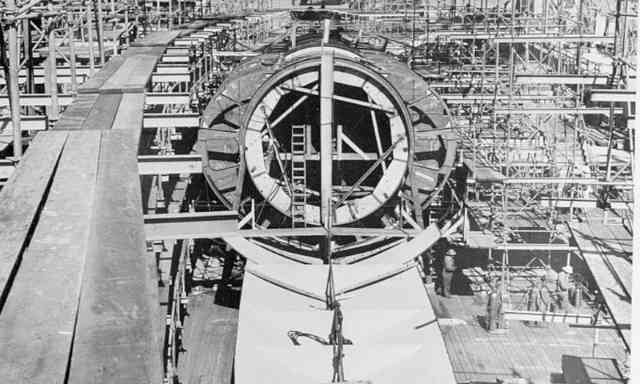
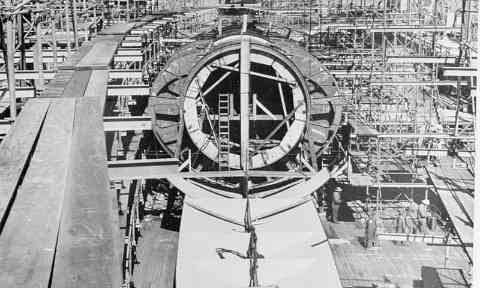
The U.S.S. Grayback, or the S.S.-208, was built on April 3, 1940, when the vessel's hull was put down at Connecticut's Electric Boat Company - Groton.
Building The Sub
The employees at the Electric Boat Company were very capable and made sure the project would be completed with satisfaction. After all, they had been building ships ever since the company opened in 1899.
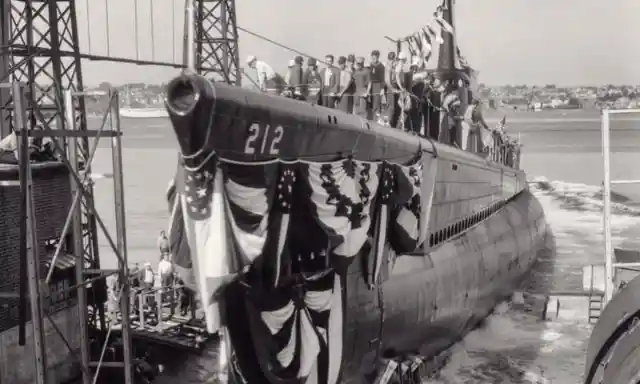
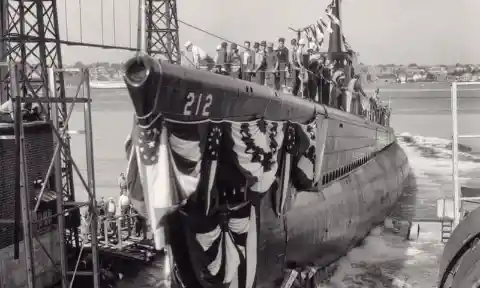
The U.S.S. Holland was the very first submarine that the military had commissioned back in 1900. Electric Boat Company built 85 subs for both the U.S. Navy and the British Royal Navy.
Commissioning 74 More
The company was commissioned to build another 74 submarines during World War II. One of these submarines was the Grayback. 12 Tambor-class submarines were built and our submarine was one of them.
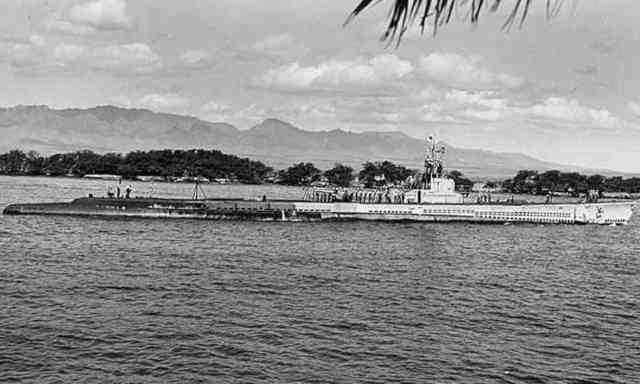
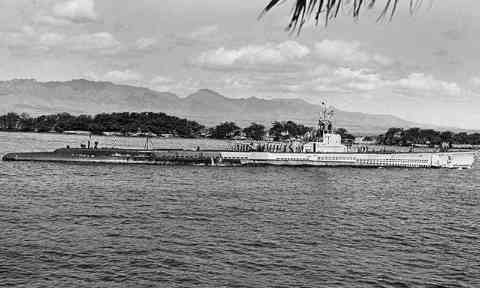
seven of the tambor-class submarines were destroyed in the war and as a whole, the class was decommissioned in 1945. The Grayback was a sub that never got a chance to make it back home.
Over 300 Feet Long
After the Grayback was finally completed, she weighed over 2,410 tons and was 300 feet long from stern to stem. The vessel was 27 feet wide at her widest point and at full speed could move at around 20 knots.
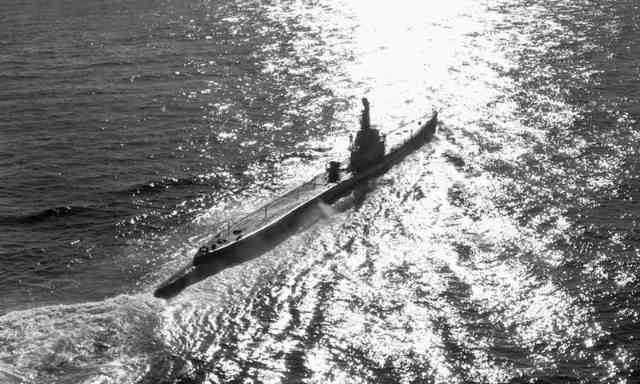
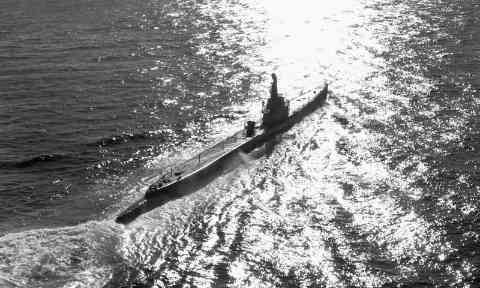
When the vessel was submerged, things changed. The sub could move at nine knots and could stay underwater for two full days! The range of the sub was 12,500 miles before it would have to get back to base.
Supposed To Have A Crew Of 60 Men
The Grayback had cutting edge submarine technology at the time. She was propelled through the water by two giant propellers that were turned by four electric motors which were powered by four diesel engines.


The vessel was officially only supposed to have 60 men aboard with 54 crew and six officers. But in 1944, the day that the submarine disappeared, it was carrying 80 men aboard.
Well-Equipped
The Grayback had a lot of firepower with ten 21-inch torpedo tubes with six at the bow of the sub and four towards the stern The sub also has 50-caliber machine guns, Bofors 40mm, and Oerlikon 20mm cannons.
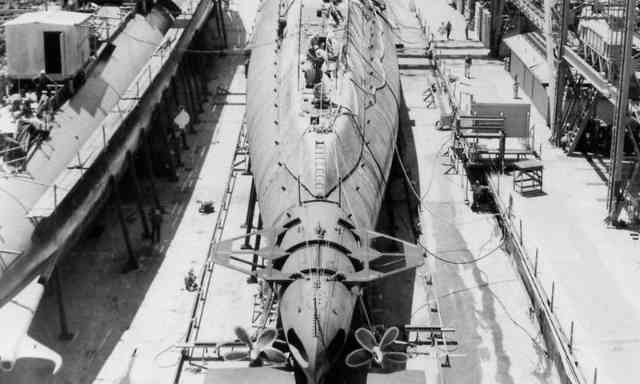
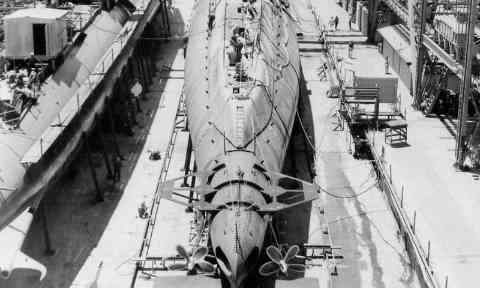
These weapons were mounted on the deck which would be used to defend the sub against attacks from planes or bombers. It could also be used against enemy ships.
Grayback Was Launched
Then, some ten months after the Electric Boat Company had started her construction, the Grayback was launched on January 31, 1941, by Rear Admiral Wilson Brown’s wife.
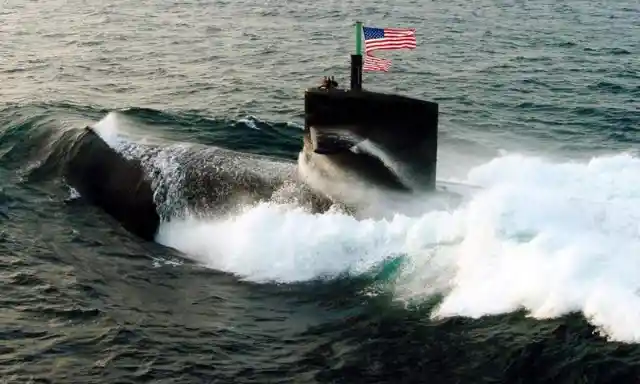
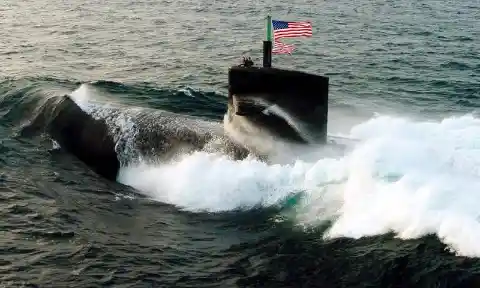
The submarine was subsequently commissioned into the U.S. Navy on June 30 – only five months or so before America became embroiled in WWII.
Embarking
After her commissioning, the Grayback embarked on her shakedown cruise under the command of Lieutenant Willard A. Saunders on Long Island Sound.
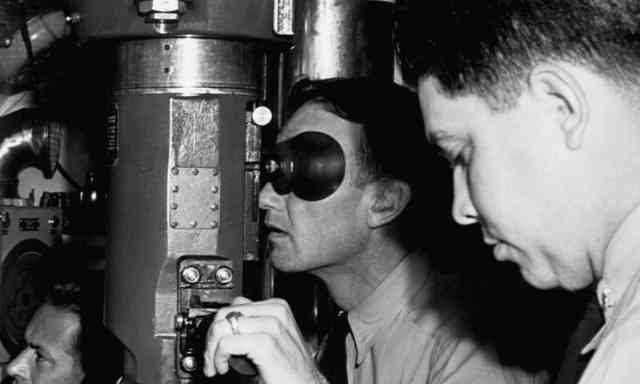
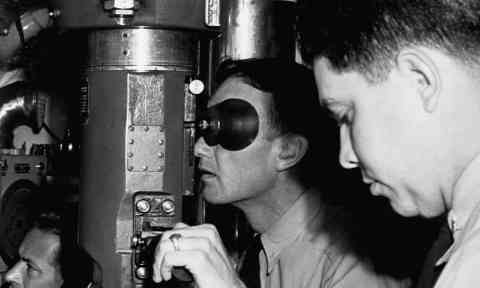
This, naturally, was an opportunity to test out the submarine’s systems and to allow the crew to familiarize themselves with the vessel. And with the sub standing up to the task, she finally went on patrol to Chesapeake Bay and the Caribbean in September 1941.
Sailing Into The Pacific
Then, after further maintenance at Portsmouth Naval Shipyard on the Maine coast, the Grayback headed for Pearl Harbor in February 1942 – as the U.S. was decidedly now a part of the conflict.
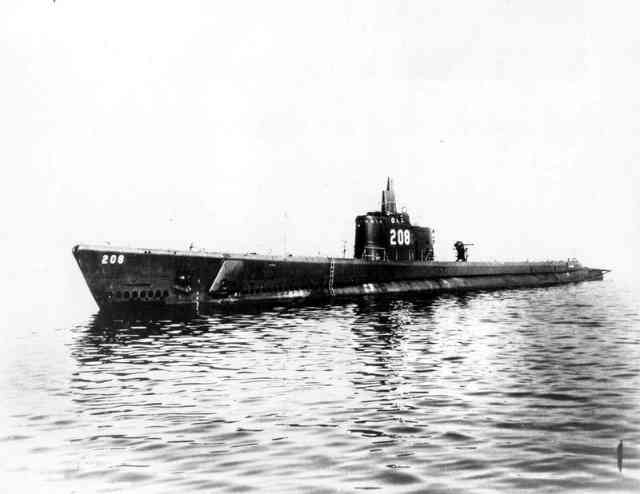
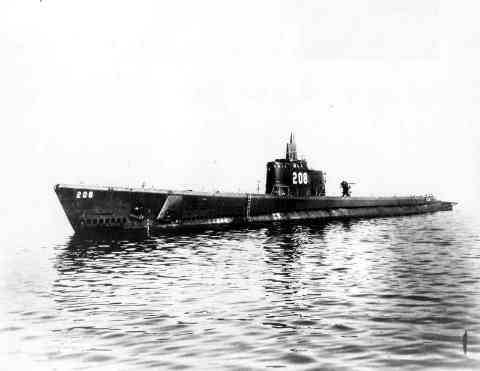
And things were about to get serious for the boat and her crew. On February 15, you see, the submarine set off on her first wartime patrol. She sailed into the Pacific and cruised along the coasts of the island of Guam, which Japan had attacked in December 1941.
Cat And Mouse
The Grayback also traveled in proximity to the coast of Saipan, which at that time was similarly Japanese territory. And during this patrol – which lasted three weeks – the boat spent four days in a cat-and-mouse game with a Japanese submarine.
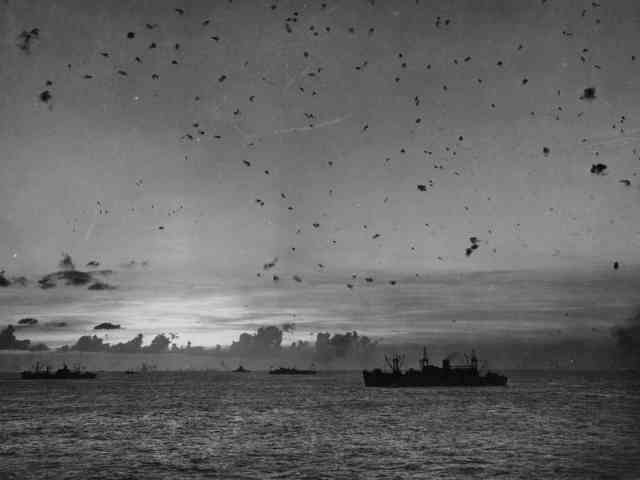
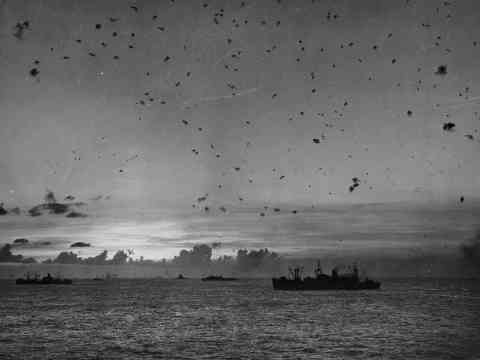
The skirmish saw the enemy unleash two torpedoes at the Grayback, and while she emerged unscathed from this assault, she was unable to maneuver into position to return fire.
Sinking Her First Ship
After escaping the attentions of the Japanese sub, though, Grayback succeeded in sinking her first ship: a cargo vessel of 3,291 tons.
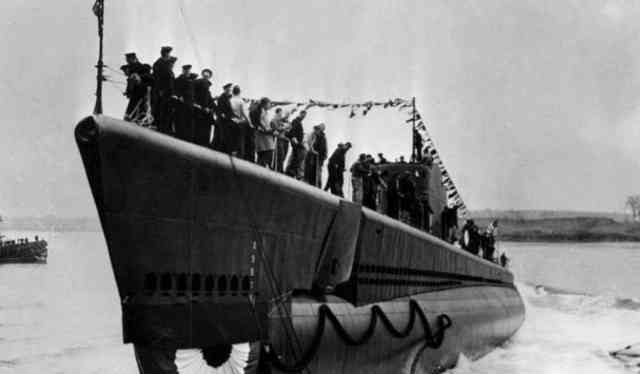
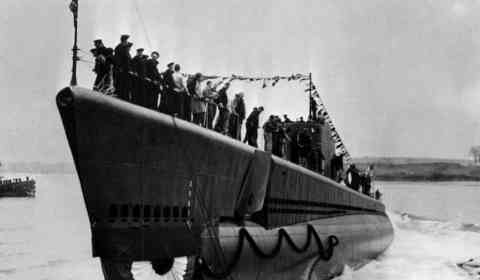
By contrast, the Grayback’s second patrol was a relatively uneventful affair that ended when she docked at Fremantle. This Western Australian port would be her base for most of the rest of her time in service.
Still Engaging
The Grayback’s next two patrols in the South China Sea were blighted by Axis patrol boats, moonlit nights, and seas that were difficult to navigate.
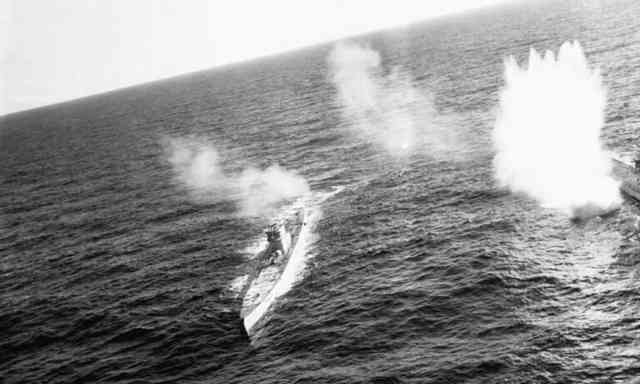
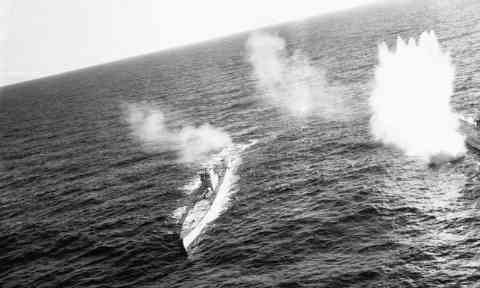
Nevertheless, she managed to hit an enemy sub and some merchant ships during these spells in the ocean. Then her fifth tour of duty began on December 7, 1942, when she set off from Australia.
Christmas
On Christmas Day 1942, the Grayback surfaced, catching four landing barges unawares and proceeding to sink them all. Then, four days later, an enemy sub fired torpedoes at the American craft, although the Grayback’s crew took successful evasive action.
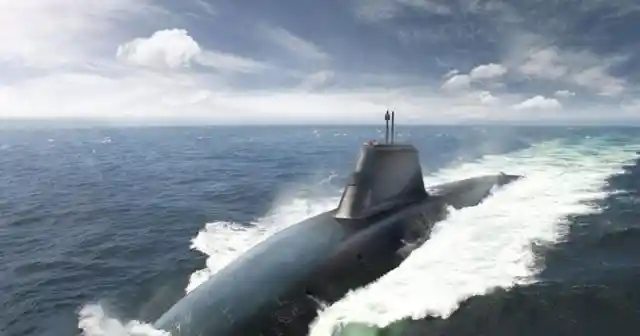
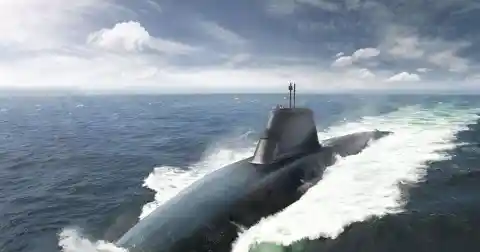
The start of 1943 was similarly eventful, as the U.S. sub attacked the Imperial Japanese Navy vessel I-18. And while the I-18 ultimately escaped undamaged this time around, the destroyer U.S.S. Fletcher sank the Japanese boat with depth charges the following month. All her 102 crewmen perished as a consequence.
The Fifth Tour
During this fifth tour, moreover, the Grayback carried out a daring rescue operation. Six Americans who had been aboard a wrecked Martin B-26 Marauder bomber were stranded at Munda Bay on the Solomon Islands.
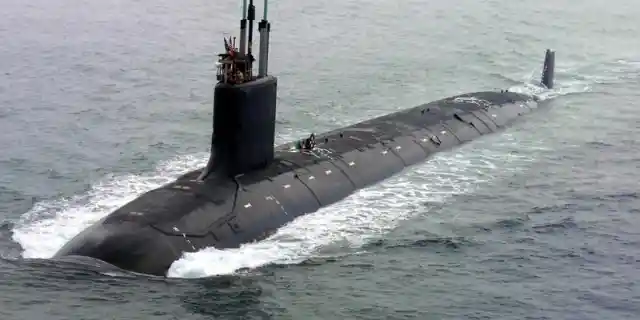
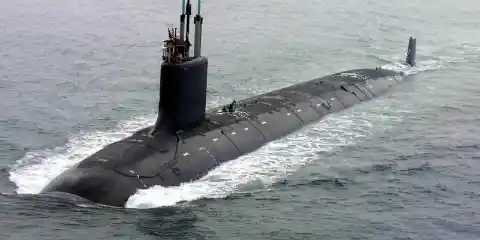
Two of the submarine’s men therefore went ashore after dark and found the airmen, while the Grayback went on to dive at dawn in order to escape the attentions of Japanese planes.
Decades Passed
It would be many decades, though, before anyone found out exactly what had happened to the Grayback and her 80-strong crew. Initially, the U.S. Navy believed that she had sunk beneath the waves at around 100 miles to the southeast of the Japanese island of Okinawa.
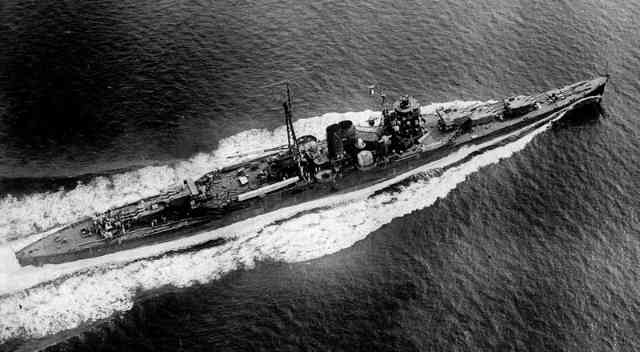
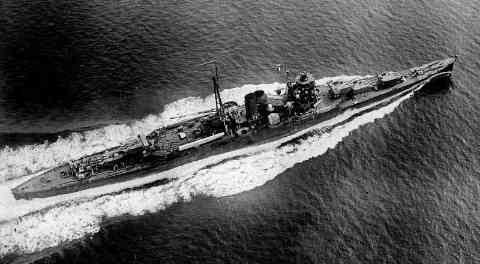
Yet as it was later discovered, this assumption was based on data that included a crucial error.
Map Was Translated
The information that the Navy had relied upon, you see, came from records that had been kept by the Japanese. As it turned out, though, a single digit in a map reference had been wrongly transcribed when the relevant document was being translated.
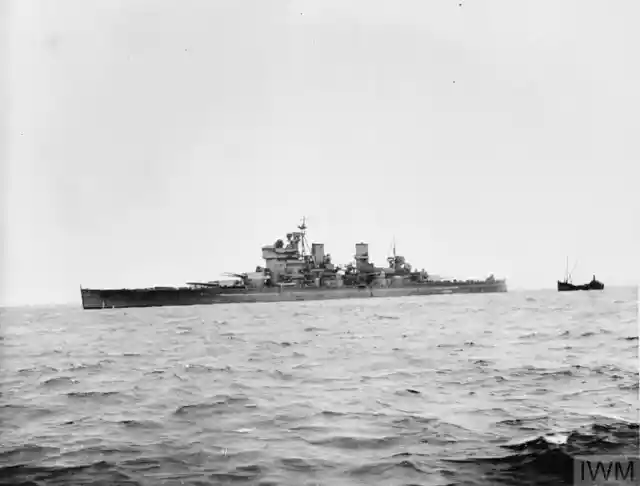
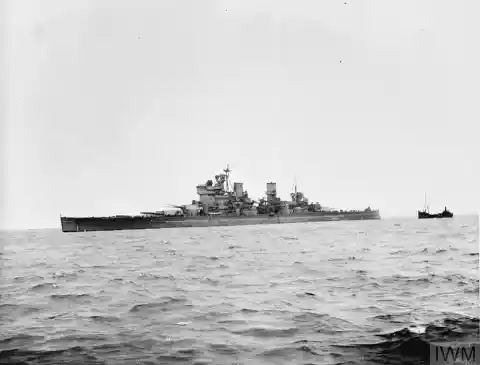
Consequently, the Grayback was actually far from the location that had been assumed over the years.
Combing The Files
On the search for the sub, the ocean explorer got in touch with Japanese researcher Yutaka Iwasaki and asked him to comb through the files of the Sasebo base that had been used by the Japanese Imperial Navy during WWII.
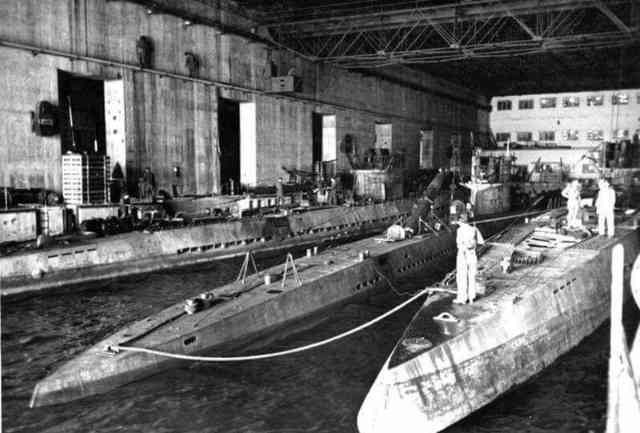
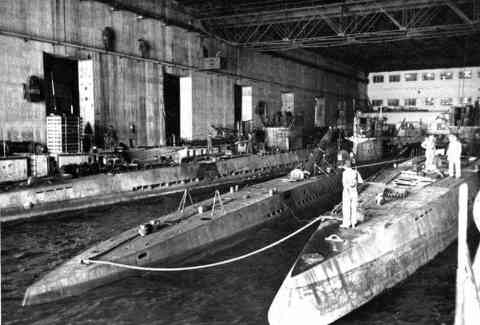
The records there included daily radio updates from Naha on Okinawa Island, which had been the site of a Japanese naval air facility.
Report Of The Grayback
So, Iwasaki duly got to work, upon which he spotted the crucial single-digit error. This mistake had been made in the transcribed version of a report that had been radioed into Sasebo from Naha on February 27, 1944 – just a couple of days after the Grayback had reported back to base for the last time.
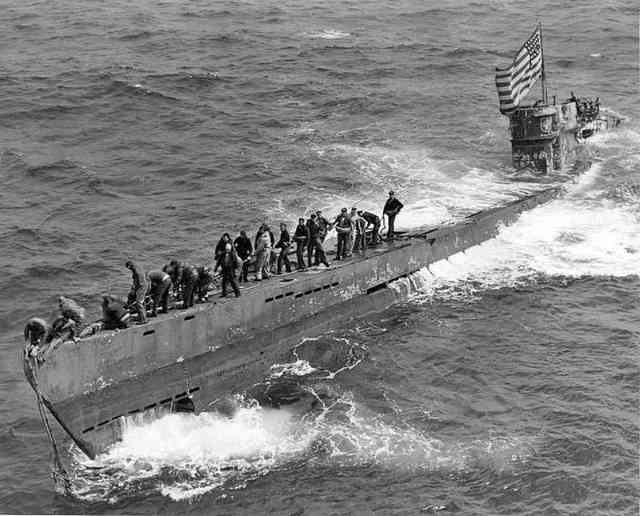
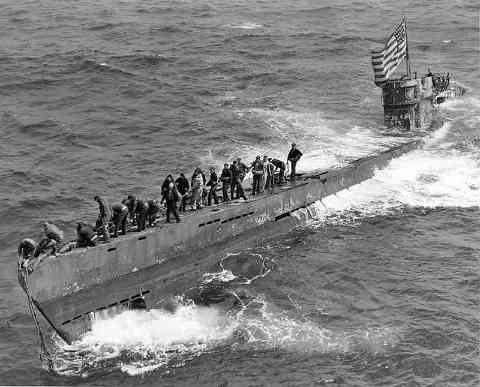
And the relevant Japanese message detailed an attack by a Nakajima B5N bomber that had taken off from an aircraft carrier.
The Nakajima B2N
The Nakajima B5N was a Japanese torpedo bomber, and this particular example flying on February 27 had apparently discharged a 500-pound bomb onto a submarine traveling above the waves.
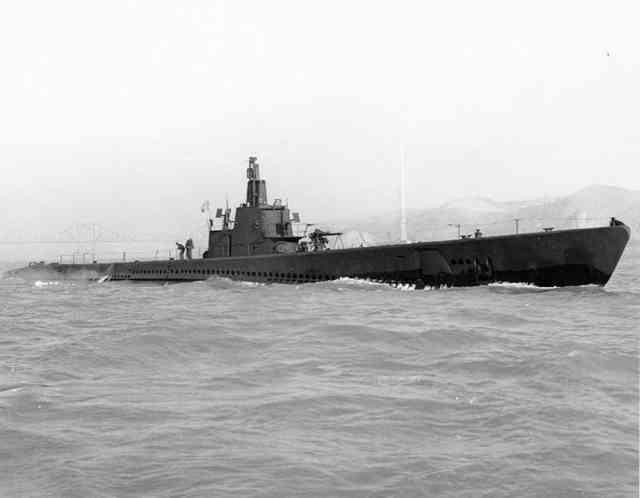
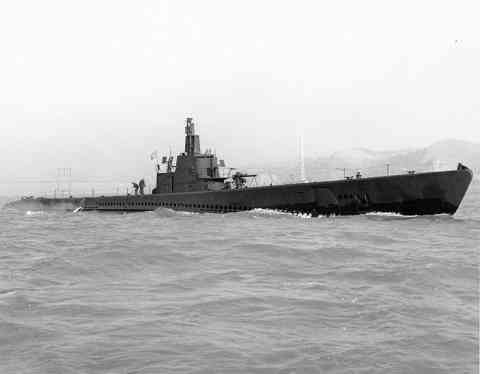
The report also described how the device had hit the sub just to the rear of the conning tower. Then, after that, the vessel had blown up and quickly sunk with no apparent survivors.
The Navy Cross
And while speaking to The New York Times in November 2019, Iwasaki described what he had found in the Japanese wartime files. “In that radio record, there [are] a longitude and a latitude of the attack, very clearly,” he explained.
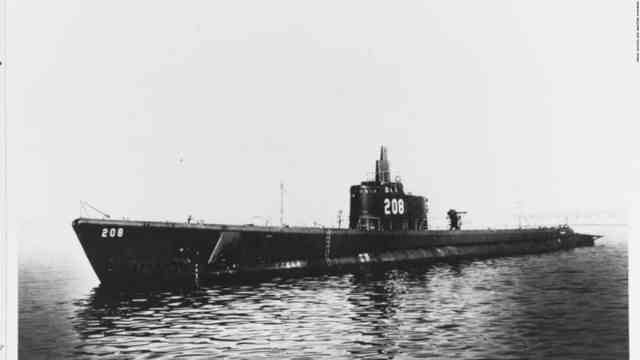
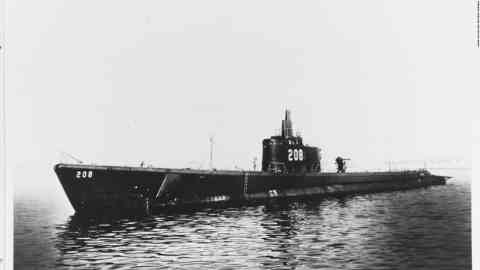
So, armed with this new, accurate information, Taylor felt that there was now a realistic chance of locating the wreck of the Grayback. And, amazingly, the Lost 52 Project team did indeed find the lost submarine, whose hull was almost entirely in one piece even after several decades had passed.